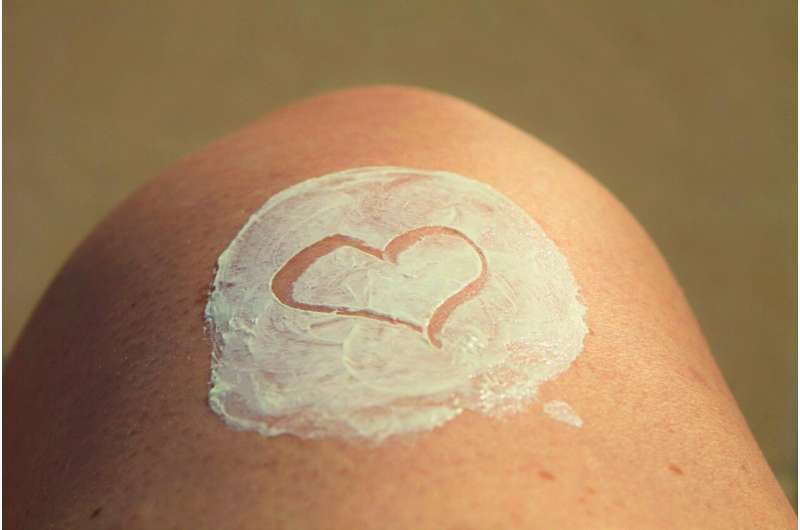Sun Safety Tips: Expert Advice from a Dermatologist to Protect Your Skin

Learn essential sun safety tips from a dermatologist to prevent skin damage and reduce skin cancer risks through effective sunscreen use, protective clothing, and awareness of UV exposure.
As warmer weather encourages outdoor activities, dermatologists emphasize the importance of sun protection to prevent skin damage and reduce skin cancer risks. Sunburns, caused by excessive exposure to ultraviolet (UV) rays, not only cause immediate pain but also have long-term effects, including mutations that can lead to melanoma and other skin cancers. According to Hermenio Lima, a dermatologist and associate clinical professor, sunburn kills keratinocytes in the outer skin layer, but melanocytes survive. Bad burns can cause mutations in these cells, increasing the risk of skin cancers that may manifest decades later.
Understanding UV radiation starts with knowing the UV Index—a scale from 0 to 11+ indicating the severity of UV exposure. Most weather apps provide UV forecasts, which help in planning sun safety measures. Wearing appropriate clothing, especially fabrics with high ultraviolet protection factor (SPF), adds another layer of defense. Specialized clothing designed to block UV rays can be particularly effective.
When choosing sunscreen, opt for mineral options containing zinc oxide or titanium dioxide, as these are less allergenic and safer for children. Chemical sunscreens, while effective, can trigger allergic reactions and worsen skin conditions like eczema by interacting with skin proteins. SPF, or Sun Protection Factor, indicates how effectively a sunscreen shields against UV rays; for instance, SPF 30 blocks about 97% of UV radiation, while SPF 50 blocks about 98%. It’s recommended to use at least SPF 30 for adequate protection.
There is a misconception that sunscreens cause cancer; however, extensive research proves their safety when used correctly, and they serve as essential tools in preventing skin cancer. Homemade sunscreens are discouraged due to unknown SPF levels and safety concerns. Additionally, many worry that sunscreen blocks vitamin D synthesis, but moderate sun exposure combined with dietary sources of vitamin D mitigates this concern.
In conjunction with sunscreen, protective clothing, hats, sunglasses, and seeking shade during peak sunlight hours significantly reduce UV exposure. Recognizing the importance of comprehensive sun safety measures can help keep your skin healthy and reduce long-term health risks.
Stay Updated with Mia's Feed
Get the latest health & wellness insights delivered straight to your inbox.
Related Articles
Supportive Evidence for Starting SGLT2 Inhibitors in Hospitalized Heart Failure Patients
Emerging research indicates that initiating SGLT2 inhibitors during hospitalization for heart failure may improve outcomes, supported by recent clinical trials and meta-analyses.
The Threat of Using Health Data to Criminalize and Surveillance
Emerging U.S. policies are transforming health data into tools for surveillance and preemptive policing, risking increased criminalization of marginalized groups. Learn how these initiatives threaten civil rights and privacy.
Reevaluating Medical Parole: The Need for Fairer Access for Terminally Ill Prisoners
Despite existing policies, medical parole for terminally ill inmates remains rarely granted. Experts argue for system reforms to improve access and ensure humane treatment for vulnerable populations.
Revolutionizing Athlete Performance with Data Science
Discover how data science and AI are transforming athlete performance, injury prevention, and strategic decision-making in modern sports, making sports smarter and safer for all levels.



